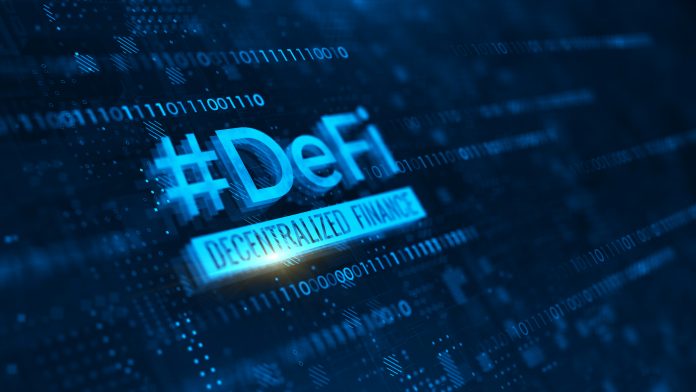We all know that the situation in the world is not rosy in terms of inflation. (Not only) it has been growing in the United States for over a year. Last month alone, the consumer price index (CPI) rose by 0.3%. This is a decrease compared to April and May. When prices rose by 0.6%, these are still nerve-wracking and relatively high numbers. Could it affect stablecoin prices?
In the past, there has been a general belief that rising inflation should help cryptocurrencies. Therefore, more people would consider buying them to secure their property. However, if the US dollar loses value significantly and becomes unstable, it can also harm stablecoins (tied to the US dollar), which would break the entire cryptocurrency ecosystem.
In a recent tweet, Brian Armstrong, CEO of Coinbase, highlighted the issue and asked for ideas on how to deal with the situation. Are you interested in cryptocurrencies? Click right here to register an account so you can start trading cryptocurrencies today.
Stablecoin prices must adapt
Stablecoins are perceived as the backbone of the entire cryptocurrency industry. They are a safe zone when the price goes crazy and falls by double digits in a few hours. In addition, users have become so fond of them for cross-border payments that regulators worldwide have warned that stablecoins could disrupt banking systems.
However, these “stablecoins” have one lesser-known problem: hyper-dependent on the US dollar (USD). Almost all significant stablecoins are pegged to the US dollar. This means that if the US dollar loses value significantly, then stablecoins will also lose value, which could pull down the entire cryptocurrency ecosystem.
The director of the popular cryptocurrency exchange Coinbase recently said that stablecoins could very quickly become inflation coins. In his tweet, he asks:
“IF FIAT-COVERED STABLECOINS REALLY BECOME AN INFLATION COIN (NOT THAT STABLE), HOW WILL WE GET A REALLY STABLE COIN?”
Armstrong himself proposed one of the solutions:
“MAYBE IT SHOULD BE SOMETHING, WITH ORACLES, MONITORING A BASKET OF REAL-WORLD GOODS (PURCHASING POWER PARITY)?”
Armstrong is not the first person to raise this crucial issue. Earlier, Balaji Srinivasan, a former CTO of Coinbase, explained two types of stablecoins. First, fiat coins are directly or indirectly linked to an external fiat currency, such as the USD. And second, there is this newer form of stablecoin, which Srinivasan calls the word “flat coins.”
Srinivasan explains that if “the Fiat itself starts to inflate, it is not stable”. Thus, a flat coin instead optimizes the price level compared to an on-chain basket of goods. Simply put, the so-called ‘flat coin’ is not tied to the fiat currency. But it is connected to the purchasing power of the asset over some time.
Stablecoin prices predictions
Brian Armstrong introduced us to an exciting topic. Given the importance of this problem, we could see more projects developing these ‘flat coins’ very soon. This is also a relatively crucial thing for the ‘de-dollarisation’ of the cryptocurrency ecosystem.







